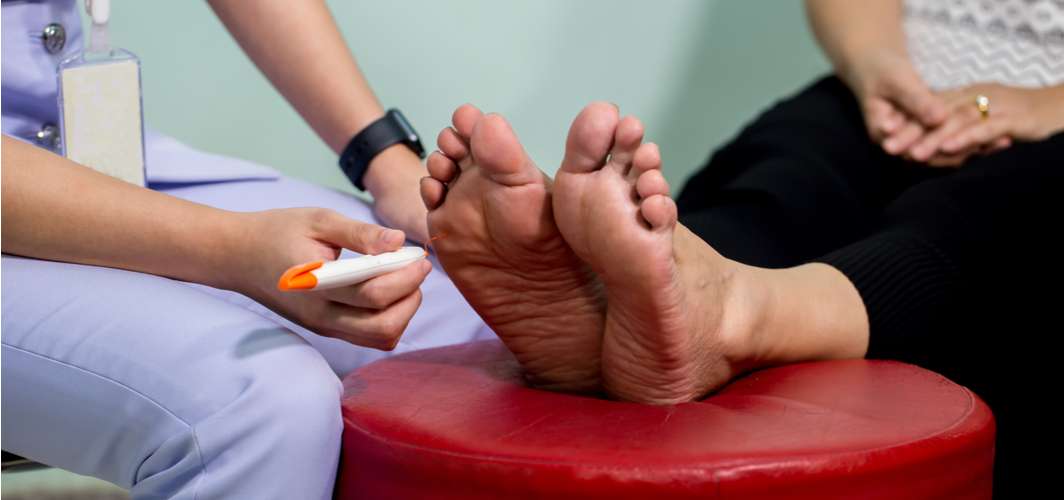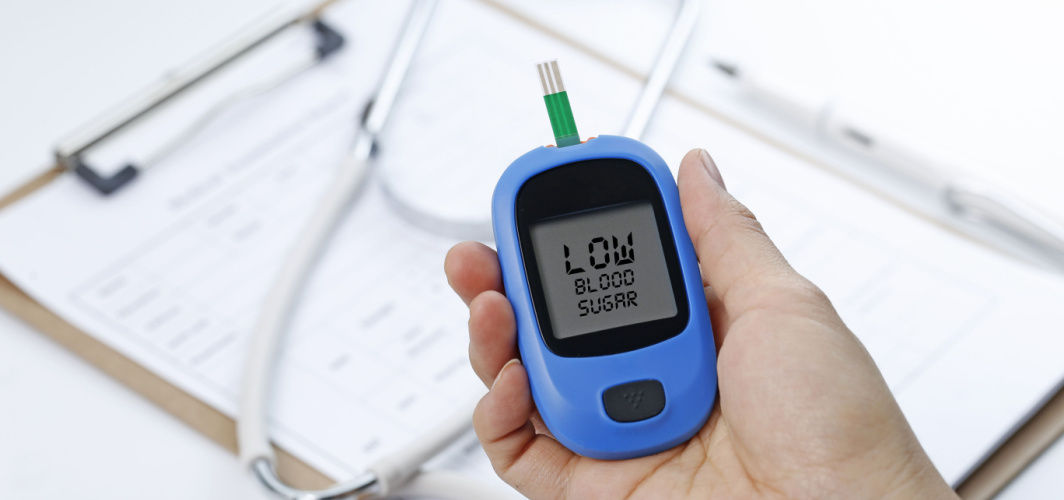Diabetes Management
What is prediabetes and can it be reversed?
4 min read
By Apollo 24/7, Published on - 04 November 2020, Updated on - 30 August 2023
Share this article
0
1 like

What is prediabetes?
What are the signs and symptoms of prediabetes?
What causes prediabetes?
Researchers are not sure of the exact cause for the insulin regulation process to become impaired. A few contributing factors include:
- Being overweight and having excess fat around the abdomen increases the risk for prediabetes because the extra fat tissue can make the body more insulin resistant. A large waist size of more than 40 inches in men and 35 inches in women is linked to insulin resistance.
- Lack of physical activity increases the risk of prediabetes. Being active helps manage weight, improves glucose control, and helps in utilizing insulin more effectively.
- The risk of prediabetes increases if there is a history of type 2 diabetes in the family (parent or sibling).
- Though diabetes can occur at any age, the risk of developing prediabetes increase after 45 years of age.
- Gestational diabetes (diabetes during pregnancy) increases the risk of developing prediabetes for the mother. It also increases the child’s future diabetes risk.
- People with polycystic ovary syndrome, a condition characterized by obesity, irregular menstruation cycles, and excessive hair growth in women, have a higher risk of prediabetes.
- Sleep disorders such as obstructive sleep apnea increase the risk of prediabetes.
- Smoking can be a factor that causes prediabetes, as nicotine is linked to increased insulin resistance.
Additionally, when health problems like high blood pressure, low HDL (good) cholesterol, and high triglycerides (a type of fat) occur along with obesity, they are associated with insulin resistance, which can trigger prediabetes.
Can prediabetes be reversed?
How can prediabetes be reversed?
- Reducing weight – Even a modest weight loss of about 5% to 7% can significantly improve blood glucose control and reverse prediabetes.
- Increasing physical activity – Moderate activity of at least 150 minutes per week, which is 30 minutes for 5 days a week, is recommended to keep type 2 diabetes at bay.
- Consuming a healthy diet - A diet that includes whole grains, fruits, vegetables, and healthy fats; and eating regularly scheduled meals throughout the day can also prevent type 2 diabetes.
- Reducing stress
- Quitting smoking
- Limiting alcohol intake
Conclusion
Diabetes Management
Leave Comment
Recommended for you

Diabetes Management
Diabetic Foot: Can it be Prevented?
The development of diabetic foot can be prevented through various measures. Effective prevention includes regular foot care, such as daily inspection and cleaning, wearing comfortable and proper-fitting shoes, managing blood sugar levels, controlling blood pressure and cholesterol, maintaining a healthy lifestyle, avoiding smoking and alcohol consumption, and seeking immediate medical attention for any foot issues.

Diabetes Management
Hypoglycaemia: Know What Happens When Your Blood Sugar Drops!
Hypoglycaemia is common in diabetics but can occur in healthy people too. Recognizing the symptoms is important to avoid complications. Treating the underlying cause and making dietary changes can help in preventing hypoglycaemia.

Diabetes Management
All You Need To Know About Diabetes
This comprehensive guide provides a detailed overview of diabetes mellitus, exploring its various types, causes, symptoms, diagnosis methods, complications, and treatment options. The article emphasizes the importance of understanding the causes and risk factors of diabetes, including heredity, insulin resistance, obesity, genetic disorders, hormonal imbalances, and unhealthy lifestyle choices.
Subscribe
Sign up for our free Health Library Daily Newsletter
Get doctor-approved health tips, news, and more.
Visual Stories

8 Fruits That are Incredibly Healthy for Diabetes
Tap to continue exploring
Recommended for you

Diabetes Management
Diabetic Foot: Can it be Prevented?
The development of diabetic foot can be prevented through various measures. Effective prevention includes regular foot care, such as daily inspection and cleaning, wearing comfortable and proper-fitting shoes, managing blood sugar levels, controlling blood pressure and cholesterol, maintaining a healthy lifestyle, avoiding smoking and alcohol consumption, and seeking immediate medical attention for any foot issues.

Diabetes Management
Hypoglycaemia: Know What Happens When Your Blood Sugar Drops!
Hypoglycaemia is common in diabetics but can occur in healthy people too. Recognizing the symptoms is important to avoid complications. Treating the underlying cause and making dietary changes can help in preventing hypoglycaemia.

Diabetes Management
All You Need To Know About Diabetes
This comprehensive guide provides a detailed overview of diabetes mellitus, exploring its various types, causes, symptoms, diagnosis methods, complications, and treatment options. The article emphasizes the importance of understanding the causes and risk factors of diabetes, including heredity, insulin resistance, obesity, genetic disorders, hormonal imbalances, and unhealthy lifestyle choices.